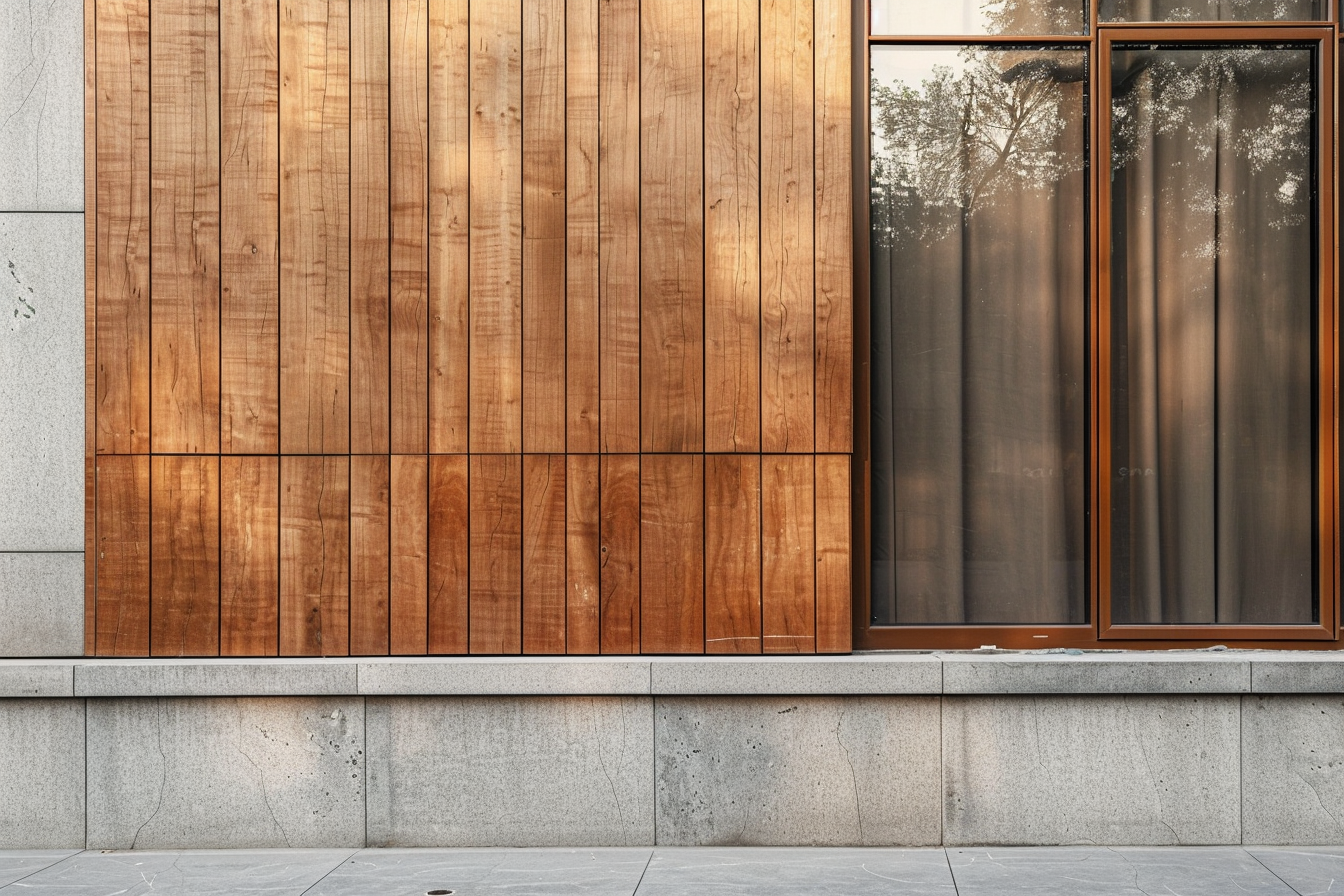Material Expression in Façades

Introduction
Material expression plays a pivotal role in the identity and performance of architectural façades. It encompasses the visual, tactile, and cultural character of materials as they are used and articulated on the exterior skin of buildings. More than just a matter of aesthetics, material selection influences how a structure is perceived, how it weathers over time, and how it integrates into its environment.For recent graduates entering professional practice, understanding the strategic use of materials is critical. It bridges conceptual design with construction realities and affects everything from cost to constructability. This article explores how to thoughtfully select and apply materials for façade design to achieve strong visual impact while meeting technical and contextual requirements.
What You Will Learn:
Theoretical basis of material expression in architecture- Practical applications and notable examples
- Technical standards, integration, and constraints
- Step-by-step guidance for selecting and applying façade materials
- Common mistakes and solutions
- Tools, references, and resources for continued growth
Theoretical Foundation
Defining Material Expression
Material expression refers to how architectural materials communicate their inherent properties, cultural significance, and design intent. Key principles include texture, color, reflectivity, scale, and jointing—all of which affect the perception of mass, depth, and rhythm.
Historical Context
Historically, material use was determined by local availability and construction technology. Gothic cathedrals expressed structural logic through stone ribbing; modernist buildings celebrated concrete and steel for their clarity and repetition. Contemporary architecture often explores hybridity, combining digital fabrication with traditional craft.
Key Terminology
- Tectonics: The art and science of construction, emphasizing how materials are assembled
- Monolithic vs. Layered: Single-material expressions versus compositions of layered materials
- Authenticity: Use of materials in a way that reveals their true nature rather than masking it
- Patina: The aging process of a material that contributes to its character over time
Pro Tip: Experienced architects often test material combinations in natural light on-site—digital renders can be deceiving.
Practical Application
Case Study 1: Kimbell Art Museum, Fort Worth (Louis Kahn)
- Concrete, travertine, and wood used in harmonious balance
- Concrete vaults reveal structure and texture, wood provides warmth
- Material expression emphasizes permanence and serenity
Effectiveness: Demonstrates masterful integration of light, structure, and material honesty.
Case Study 2: Museum of Contemporary Art, Niterói, Brazil (Oscar Niemeyer)
- Smooth white concrete façade contrasts dramatically with its rocky cliffside setting
- Reflective pool adds a luminous quality
Effectiveness: Reinforces the sculptural form and futuristic vision through minimal material palette.
Case Study 3: 1111 Lincoln Road, Miami (Herzog & de Meuron)
- Raw concrete structure used as exposed finish
- Horizontal slabs and exposed joints create a visually arresting urban presence
Effectiveness: Combines parking structure functionality with expressive material clarity.
Technical Considerations
Material Performance and Codes
- Durability and weather resistance: key for harsh climates
- Thermal properties: affecting energy performance
- Compliance with local fire, safety, and structural codes (e.g., IBC, NFPA)
Constructability and Detailing
- Joinery and attachment systems (rainscreens, curtain walls, masonry anchors)
- Compatibility between materials (e.g., avoiding galvanic corrosion)
- Maintenance considerations (cleaning, aging, replacement)
System Integration
- Coordination with insulation, vapor barriers, MEP penetrations
- Shading systems and thermal bridges
- Structural framing alignment
Pro Tip: Never overlook expansion joints—they prevent cracking and distortion, especially in climates with temperature extremes.
Implementation Guide
Step-by-Step Material Selection
- Contextual Analysis: Climate, culture, site topography, adjacent materials
- Define Expression Goals: Solidity, transparency, tactility, contrast
- Evaluate Options: Sample, mock-up, assess cost and sustainability
- Design Detailing: Study junctions, transitions, and maintenance access
- Integrate Systems: Structure, MEP, and envelope coordination
- Review Standards: Code compliance, durability, lifecycle assessment
- Mock-up and Test: On-site review of lighting, color, and tactile experience
Best Practices
- Use locally sourced materials when possible
- Prioritize passive environmental strategies
- Involve contractors early for realistic detailing
Pro Tip: Think in layers—a successful façade isn't just a surface, it's a system of performance, protection, and expression.
Common Mistakes and Solutions
Mistake: Selecting materials based only on render appearance
Solution: Request physical samples and visit built references where materials were used.
Mistake: Misalignment of visual joints with structural logic
Solution: Coordinate layout grids and structural framing from the early design phase.
Mistake: Ignoring weathering and lifecycle impacts
Solution: Study how materials age and include protective coatings or overhangs when needed.
Pro Tip: Use sun studies and material weathering analysis tools to forecast long-term appearance.
Resources and Tools
Software
- Enscape / Twinmotion: Real-time visualization of material textures
- Revit / Rhino / Grasshopper: For BIM and parametric material control
- HEED / WUFI: For energy and moisture analysis
References
- "Material Matters" by Thomas Schröder
- "Materials for Sustainable Sites" by Meg Calkins
- Local building codes and manufacturer technical sheets
Continued Learning
- Attend material libraries and fabrication workshops
- Join industry bodies (e.g., AIA, RIBA)
- Follow platforms like ArchDaily, Detail Magazine, or Dezeen for case studies
Conclusion
Material expression in façades is both an artistic and technical discipline. It shapes how buildings are experienced, remembered, and maintained. For recent graduates, mastering this language of materials is essential to advancing from conceptual thinkers to effective practitioners.By understanding performance requirements, context, and constructability, architects can move beyond arbitrary finishes to intentional, expressive material applications. When chosen thoughtfully and applied with precision, materials elevate façade design from surface treatment to architectural storytelling.